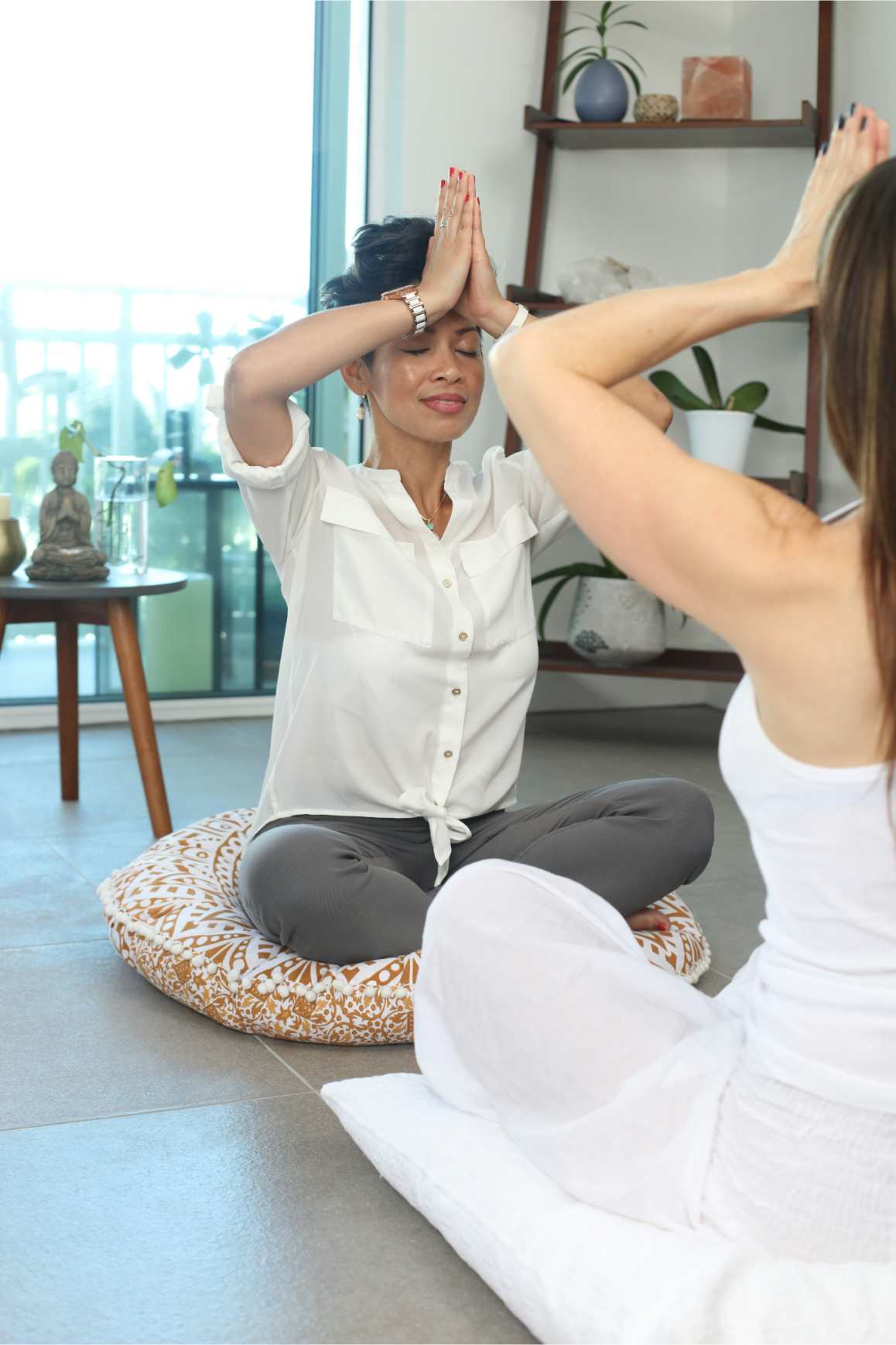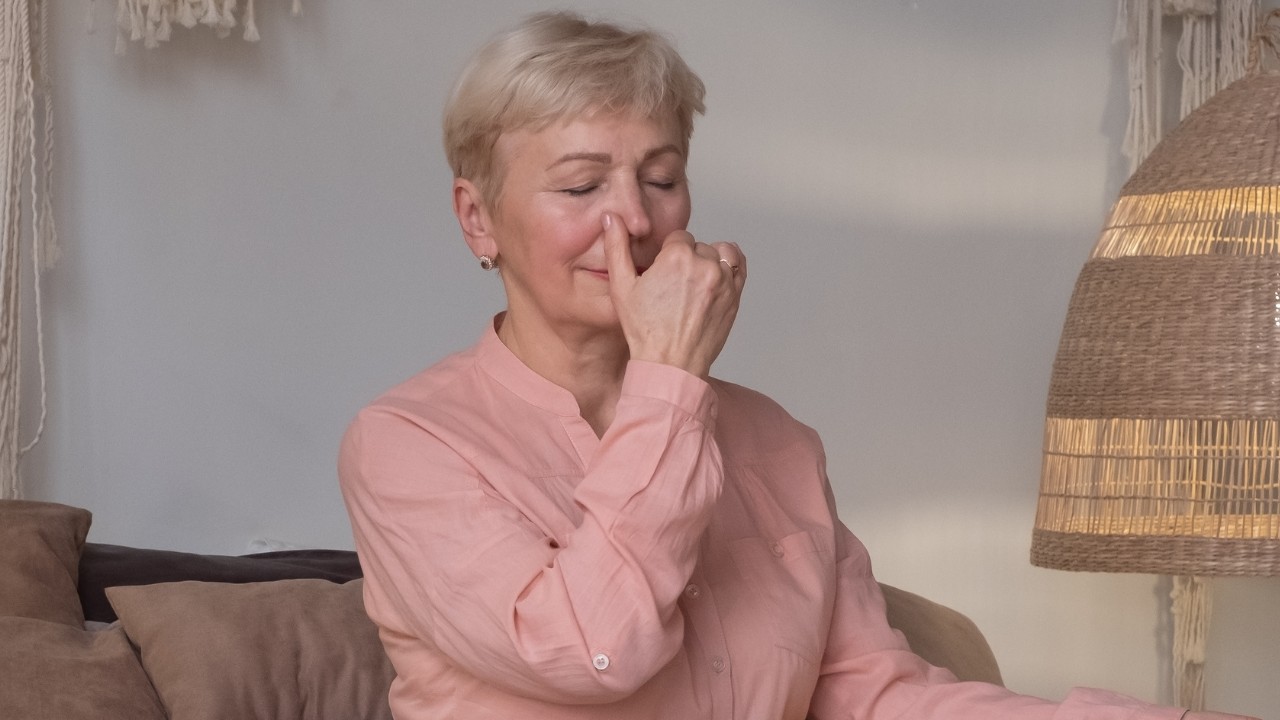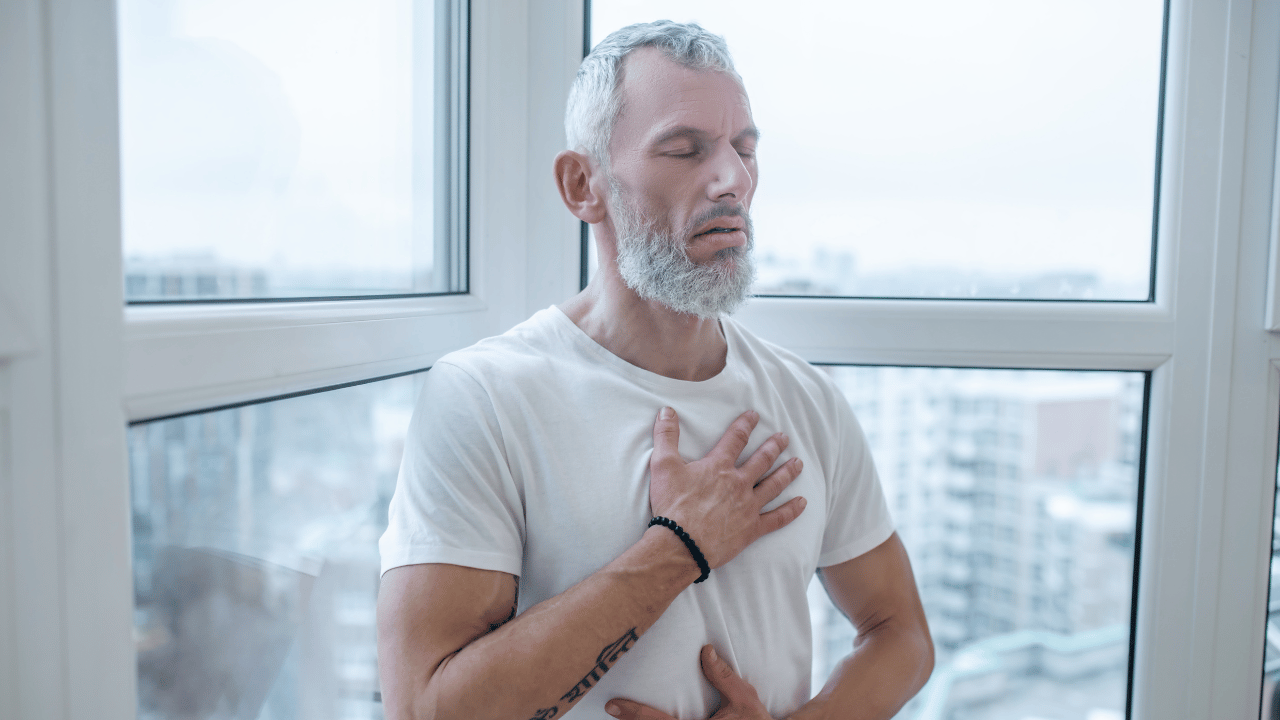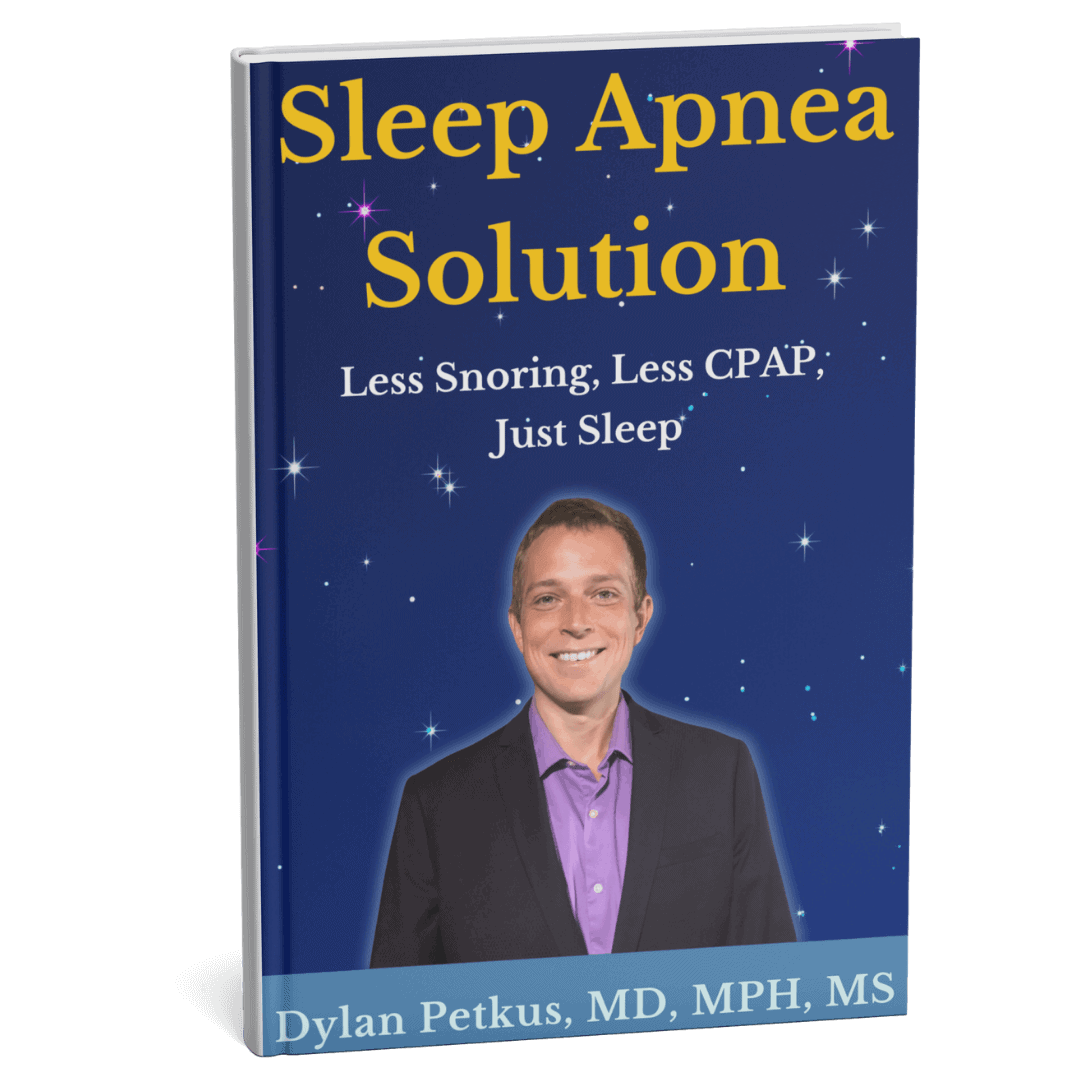
When you have sleep apnea, you’ll probably try anything to get a good night’s rest. If you’re avoiding sedatives for sleep apnea and want to try some natural remedies for central sleep apnea, have you closed your eyes and focused on your breath?
Practicing box breathing for sleep apnea. or ‘Bhramari pranayama,’ could send you into a deeper slumber. Bhramari pranayama is a calming breathing technique, often taught in yoga, and is meant to help with stress and anxiety, which may help with your sleep apnea. Performing this exercise before bed, especially if you’re restless, might make you feel more at ease and fall asleep (and stay asleep) without any issues.
How Does It Work?
Healthline cites research done in the last decade that shows Bhramari pranayama can quickly lower breathing and heart rates. By doing so, it promotes relaxation and gets the body ready for sleep. If you want to give Bhramari pranayama a try and see the results for yourself, here’s how it works:
- First, close your eyes and take deep breaths in and out.
- Cover your ears with your hands.
- Place your index fingers above your eyebrows. Your other fingers will rest gently over your eyes.
- Apply light pressure on the sides of your nose and focus on your brow area.
- Keep your mouth closed and release your breath slowly through your nose. Then, make a humming ‘om’ sound.
- Repeat this five times. If it works, you should be sleeping like a baby in no time!

Other Breathing Techniques
Are you looking for other techniques to help you catch much-needed Zs? There are others worth giving a whirl, each with the same mission but slightly different benefits. Let’s break down this list:
- 4-7-8 breathing: A variation of Bhramari pranayama, its name says it all. Breathe in for four seconds, hold your breath for seven seconds, and then let all the air out for eight.
- Buteyko breathing: Named for the doctor who created it, this exercise requires you to slow down and focus on breathing through your nose. This should leave you feeling more calm and steady.
- Box breathing: This sleep strategy is super simple. Breathe in for four seconds, hold your breath for four seconds, and then breathe everything out for another four seconds. It’s like you’re creating a box in your mind. Box breathing is very common in meditation, which also helps you relax.
- Diaphragmatic breathing: To practice diaphragmatic (belly) breathing, sit or lie down comfortably. Then, place one hand on your chest and the other on your abdomen, taking slow, deep breaths through your nose. If you’re doing it right, your abdomen should rise more than your chest.
No matter which approach you prefer, experts say breathing exercises have been proven to train your brain and body to help you sleep and breathe better.

A Multi-Faceted Approach to Sleep Apnea
Practicing good breathing exercises is just one piece of the puzzle. If you’re trying to find new ways to manage your sleep apnea, it will probably take a multi-faceted approach. This could mean trying these breathing exercises, implementing a healthy diet, making some lifestyle changes, and more.
At Optimal Circadian Health, we have plenty of expertise to offer to help overcome sleep apnea and promote better sleep. Dr. Dylan Petkus even had sleep apnea himself. He understands the struggle and believes in tackling the root cause of the issue.
Our book, Sleep Apnea Solution, covers how to achieve natural, slower breathing while deep in your dreams. It walks you through guided breathing exercises, while also giving tips to create a comfortable, healthy sleep environment. We want you to sleep through the night and wake up feeling ready for whatever the day may throw at you!



